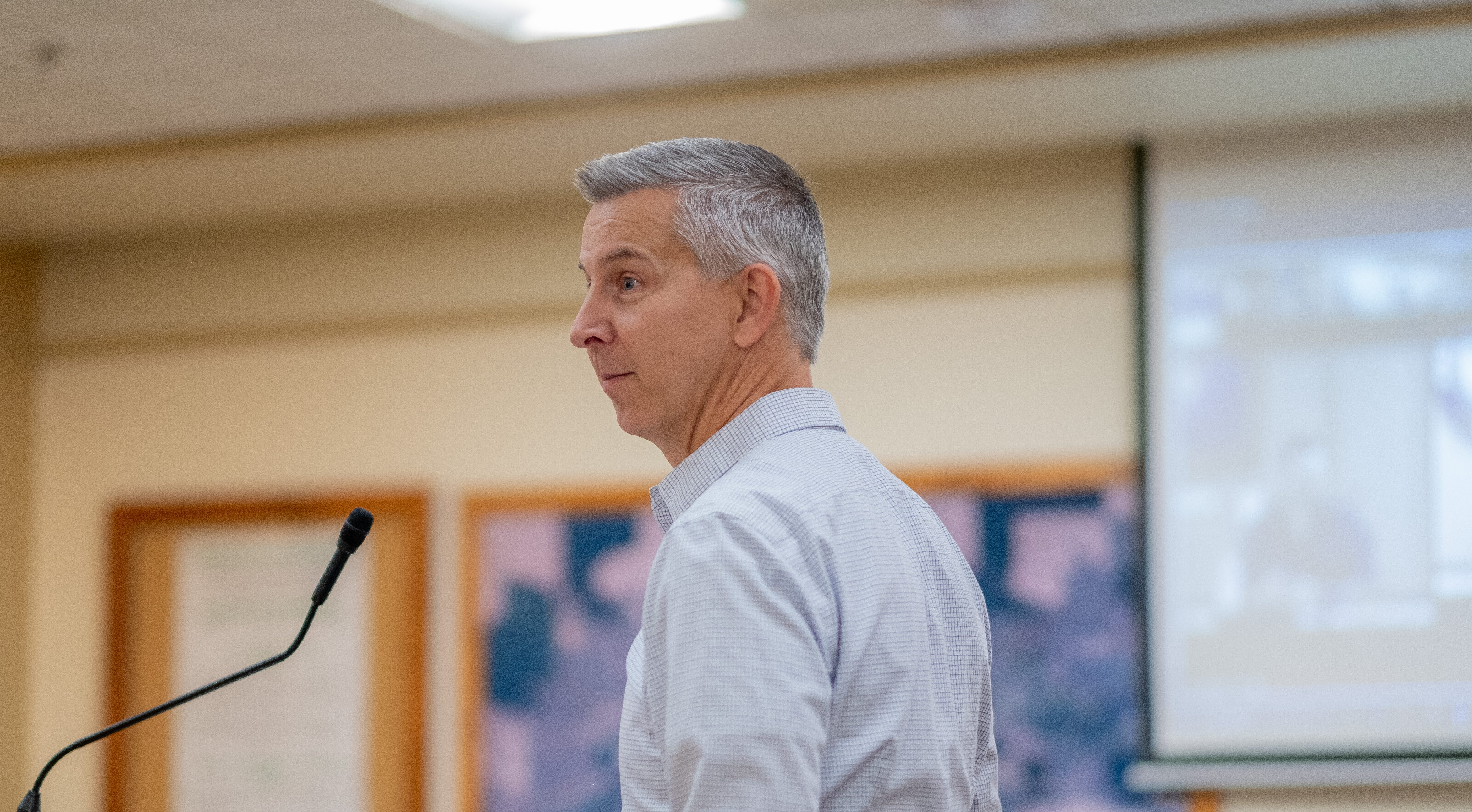Our view: Oregon leaders need to address water challenges
Published 5:00 am Thursday, August 12, 2021
The Oregon Legislature has hit on a winner with the Irrigation District Temporary Transfers Pilot Project.
While the name sounds a bit off-putting, the project is effective. It allows some irrigation districts to internally make temporary transfers between water users. The project has been in operation 18 years. During that time it has been extended and expanded to 15 of the state’s 40 or so irrigation districts.
Trending
The beauty of the project is its simplicity. A farmer or rancher within an irrigation district with an unused water allocation can transfer it temporarily to someone who needs it.
This not only addresses some of the water shortages that have arisen over the years, but it helps farmers and ranchers hold onto water allocations that otherwise might be lost, courtesy of the state’s “use it or lose it” law.
While not perfect — nothing is — the project brings out the best in cooperative spirit among farmers in addition to getting water to where it’s needed.
It is time for the legislature to expand the program to all Oregon irrigation districts and make it permanent.
While they’re tackling water issues, legislators should take a close look at the Oregon Water Resources Department, which appears to be chronically underfunded and understaffed.
The department has a national reputation for its sluggish performance. The Daugherty Water for Food Global Institute at the University of Nebraska has found Oregon has an unnecessarily complex and bureaucratic water transfer system.
Trending
Year after year, the department also reports it is behind in its work, in part because of red tape and in part because the Legislature does not provide enough money from the general fund.
Some believe water users should provide most of the department’s funding, but since the state owns the water, all citizens should pony up adequate funding to manage it.
After all, everyone eats the food grown with that water.
More also needs to be done.
Water issues in Oregon will not go away. The state needs a flexible game plan for managing the water that grows our food and powers our economy. Leaders need to take a close look at everything from recharging aquifers in the winter to lake taps to increasing water storage behind dams. Instead of constantly talking about taking out dams, we should be looking at ways to increase their number and capacity. That’s because scientists say the mountain snowpacks that serve as water storage will continue to shrink.
We should also come up with a statewide plan to transfer water from locations with plenty of water to those facing drought and other shortages. California, for example, has a massive intrastate water transfer system.
Climate change means Oregonians will have to be smarter in how they manage water.
In Idaho, a years-long effort is underway to replenish the Eastern Snake Plain Aquifer. In the past five years, 2.3 million acre-feet of water has been added to the aquifer, a remarkable achievement.
Idaho legislators know they have their work cut out for them, and continue to invest in aquifer recharge, adding to dam capacity and other efforts that will keep that state’s economy healthy and growing. They have a collective vision for making that happen.
Oregon’s leaders would do well to take a close look at how innovation and investment can address the many water challenges facing them in the near and distant future.
Expanding the Irrigation District Temporary Transfers Pilot Project statewide and making it permanent is just a start.









